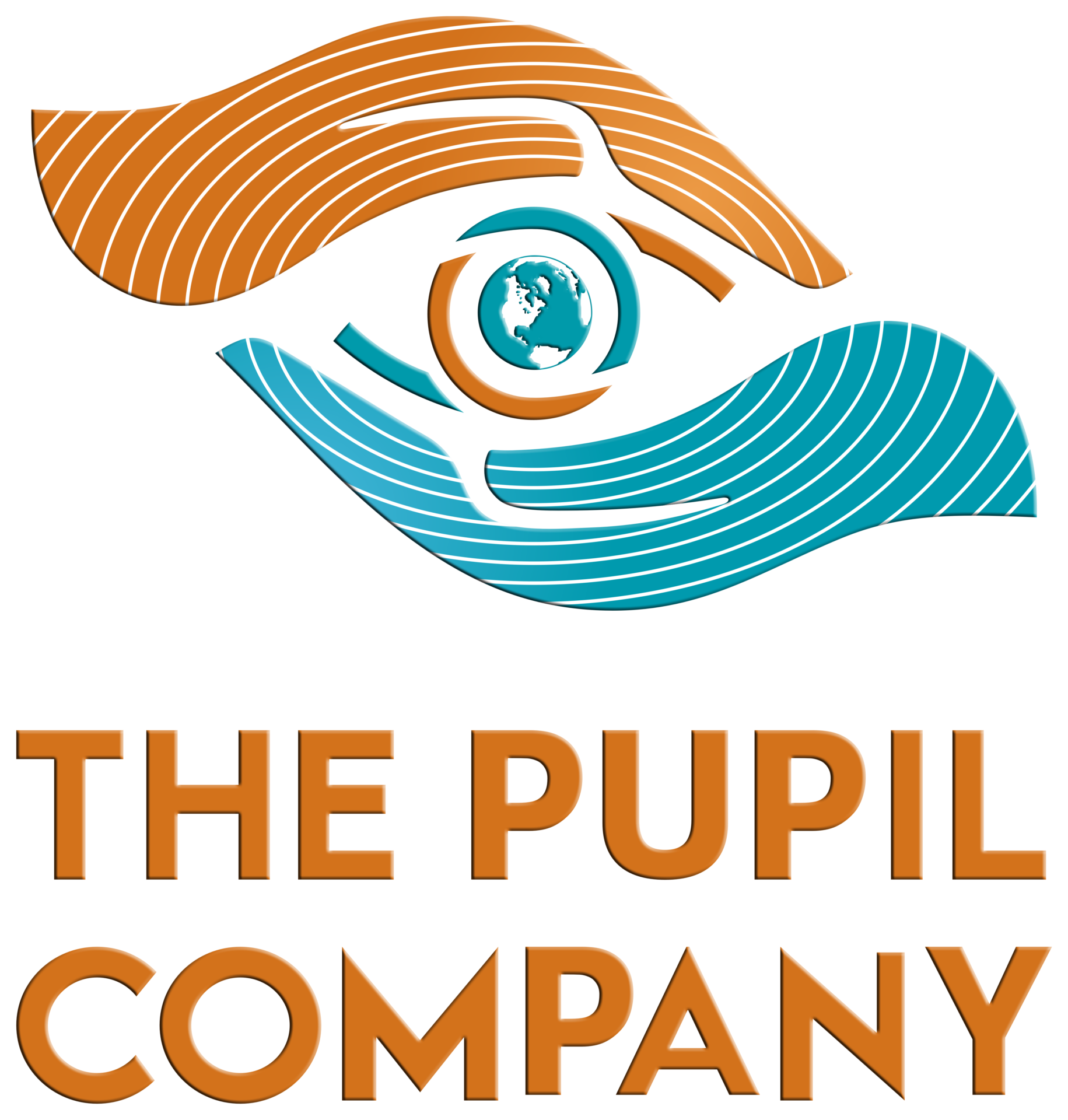My high school was a clash of two very different worlds.
There was a piece running on ESPN profiling Michael Vick and describing the nearly third-world conditions of the school. At the same time the school was listed as one of the top 50 High schools in the country.
The diversity of conditions was borne from the diversity of the student body- some came from pedicured suburbs and some came from brutal section 8 housing.
Generally speaking everyone got along well enough, but every once in a while there was a special day when a suburbanite gassed up on their newly acquired karate green belt decided to mess with a section 8 kid. It never ended well for the suburbs.
Why?
The section 8 kids didn’t have any formal training.
Why would it end so poorly for the suburban kids?
The difference lies in the experience.
The section 8 kids fought- no pads, no mouthpiece, no supervision.
The suburban kids fought- no contact, water breaks, and orange slices.
The section 8 crowd had the incredible advantage of having practice that mirrored their play, so much so that they were ready to go at gametime; the same couldn’t be said for the suburbanites.
The juxtaposition of the two populations and their diverse preparation burned in the valuable lesson- practice that doesn’t mirror gametime is mostly useless.
Technology allows us to maximize the returns on this principle- specifically virtual reality.
Instead of relying on the imagination of learners to apply lessons from training to an environment they often haven’t seen yet.
Instead, it is possible to transport your learners directly into the environment that they’ll be working in. This is particularly valuable for production facilities that involve heavy machinery.
Before any danger is involved or production time is in jeopardy, the new-hire is able to navigate their new workspace, make mistakes, and put in the requisite repetition to master their new skill set.
Does your training replicate the work environment?
Is your curriculum embracing new technology to bridge the gap between training and production?
What’s YOUR Vision?

